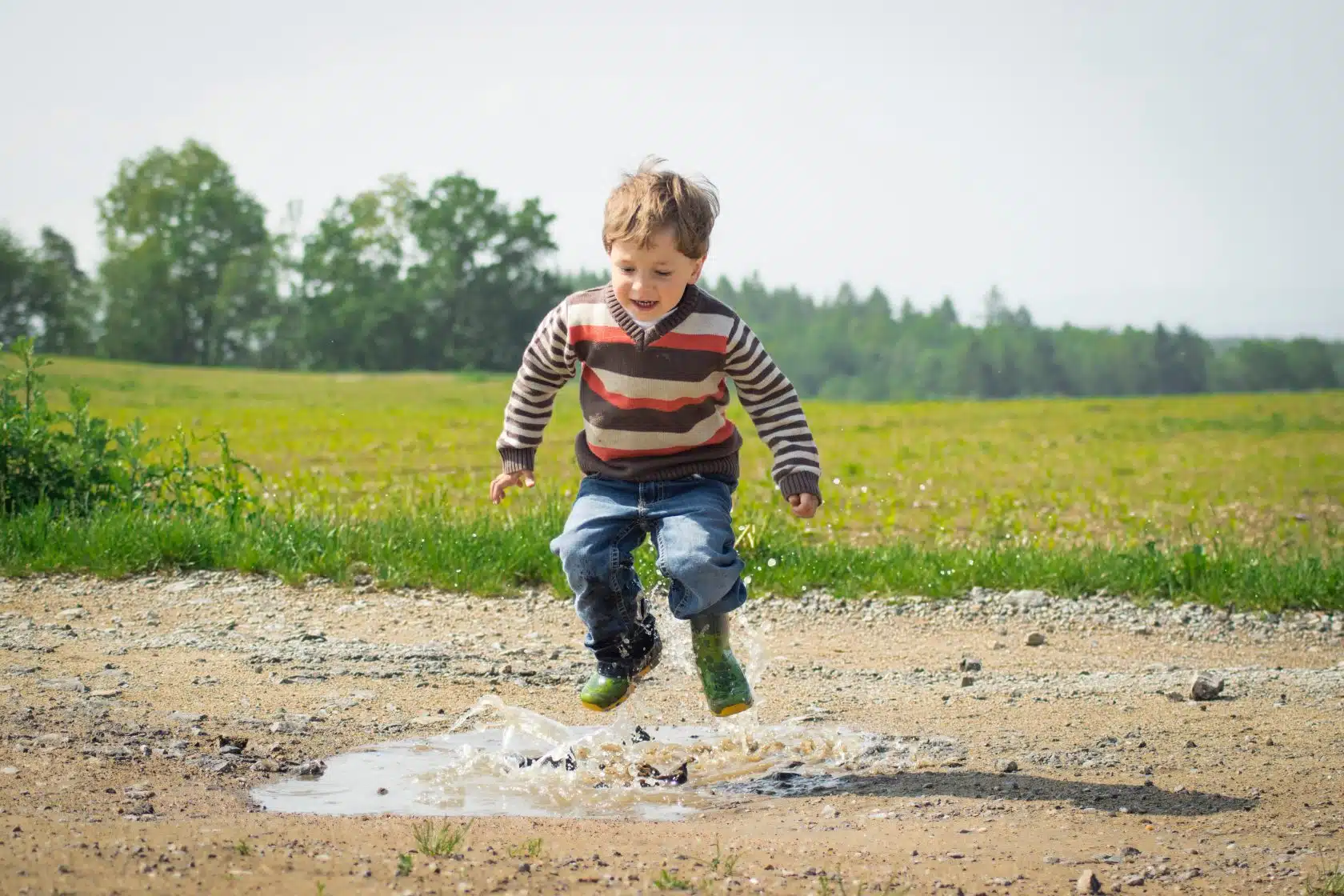Bilateral coordination is an important skill that can be affected by certain conditions. Here are some conditions that may impact bilateral coordination:
- Developmental delays: Some children may experience delays in their motor development, including bilateral coordination.
- Sensory processing disorders: Conditions like sensory processing disorder can affect a child’s ability to integrate sensory information, which may impact bilateral coordination.
- Autism spectrum disorders: Individuals on the autism spectrum may face challenges with bilateral coordination due to difficulties in motor planning and coordination.
- Attention deficit hyperactivity disorder (ADHD): Children with ADHD may struggle with coordination and the ability to use both sides of their body simultaneously.
- Cerebral palsy: This neurological condition can affect muscle control and coordination, including bilateral coordination.
It’s important to understand these factors to provide appropriate support and interventions for individuals who may be impacted by these conditions. Goally, our tablet, provides apps and features that help kids with bilateral coordination and other challenges. From digital visual schedules to gamified learning, emotional regulation, and social skills training, Goally supports children’s development and independence.
This post was originally published on April 8, 2023. It was updated on July 18, 2023.













